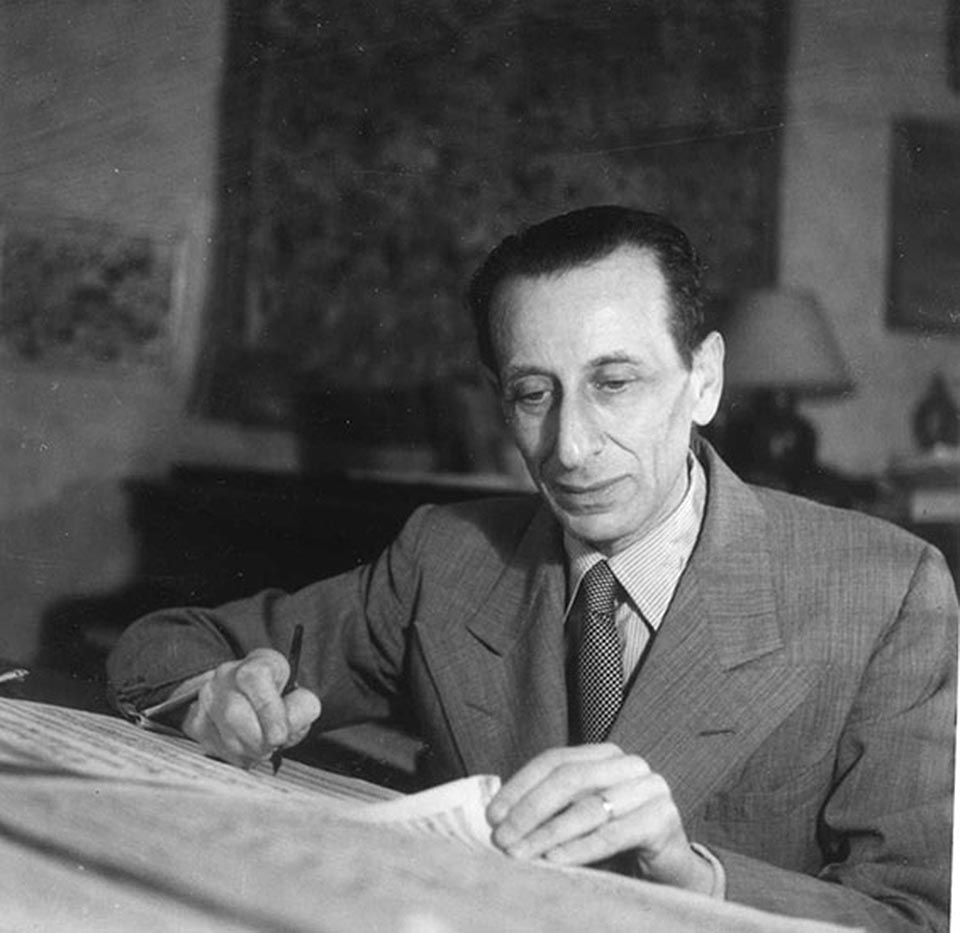
When I was about nineteen I wrote a trio for oboe, clarinet and bassoon. I cannot remember why, but it must have seemed a good idea at the time. I was a first-year student at music college and the work took me several weeks to write out by hand, for it was long before the days of home computers. The first performance was given by three talented students but the music proved to be something of an embarrassment. My piece was far too long. It dragged on interminably and sitting among the audience, I could sense the boredom that was beginning to set in. It was one of those occasions when you hoped that a nearby hole might conveniently appear, into which one could unobtrusively crawl and not be seen again for several months. After twenty-two minutes, which seemed like an eternity, the players finally reached the end. It was acknowledged by a ripple of polite applause from those remaining in the audience.
Several months later, in a moment of blind bravado, I sent the score of my trio to the Arts Council of Great Britain, in the hope of getting a commission. To my surprise, a letter eventually arrived from the Arts Council with a commission to write a trio for flute, oboe and piano. It was to be performed professionally and broadcast live on BBC national radio. As an added bonus, they also offered to pay me. So perhaps my long-winded trio was not so dreadful after all.
I’ve always enjoyed the sound of oboe, clarinet and bassoon. It’s probably something to do the contrasting tone quality of the instruments. Interestingly, the clarinet produces a different tone quality depending on whether the notes are high or low. The low notes have an unmistakable dark, sonorous and reedy sound. Played quietly, they can be distinctly ominous. The middle range of the clarinet is soft and lyrical, whereas the upper notes are bright and penetrating. Generally the clarinet has a softer tone than the oboe, whose double reeds produce a rich, vibrant tone colour. The lowest notes of the bassoon are dark and brooding, whereas those in the upper range are much more delicate. Although distinctly reedy in quality, they have a gentle, haunting tone quality.
Georges Auric (1899-1963): Trio for Piano, Oboe and Bassoon. Avenue Winds, San Francisco (Duration: 12:34; Video: 1080p HD)
As a child, Georges Auric was exceptionally talented and before the age of twenty he’d written and orchestrated several ballets and stage productions. In later life, he achieved success as a film composer working with film companies in France, England and America. His successes included the British films Passport to Pimlico (1948); The Lavender Hill Mob (1951); The Titfield Thunderbolt (1953) and the gripping French film The Wages of Fear (1953). The first two titles are British classics in their own right and the sophisticated musical score brings an extra touch of class, although these days the music sounds strangely dated. Surprisingly, Auric never wrote any symphonic works for the concert hall but instead wrote a small quantity of chamber music and music for the piano.
This delightful three-movement trio dates from 1938 and it’s a light-hearted piece, with perky melodies yet lovely lyrical moments. The music exudes that typical yet indefinable French quality that seems to pervade so much French music of the early 20th century.
Alexander Tansman (1897-1986): Suite for Oboe, Clarinet and Bassoon. Nicholas Stovall (ob); Amitai Vardi (clt); Kristin Wolfe (bsn) (Duration: 11:31; Video: 1080p HD)
Now here’s an absolute delight. Alexander Tansman was a well-known composer, conductor and virtuoso pianist in his day and was noted for his original approaches to composition and his mastery of orchestration. In his energetic lifetime, he composed seven operas, ten ballets, nine symphonies and an impressive catalogue of other works and his music was regularly performed by world-class orchestras. Musically, he was at the top of the tree.
This delightful trio is in four movements: Dialogue, Scherzino, Aria and Finale. The dreamy first movement has hints of jazz harmony while the spiky, second movement uses exciting cross-rhythms and makes use of effective staccato playing and counterpoint. In the thoughtful Aria we hear the contrasting registers of the clarinet and bassoon while the Finale fairly rips along with exciting mechanical rhythms. It’s given a splendid performance though it’s a shame that no one bothered to move the clutter of percussion instruments in the background. Just as you think the music is about to finish, there’s a reflective hymn-like passage which gradually brings the work to a close on a radiant sustained chord of A major.
And what happened to Alexander Tansman, you may well ask? Despite his brilliant celebrity career during the middle decades of the 20th century, after his death his reputation rapidly faded and little of his music is performed these days. It’s a sad, but all too familiar story.





